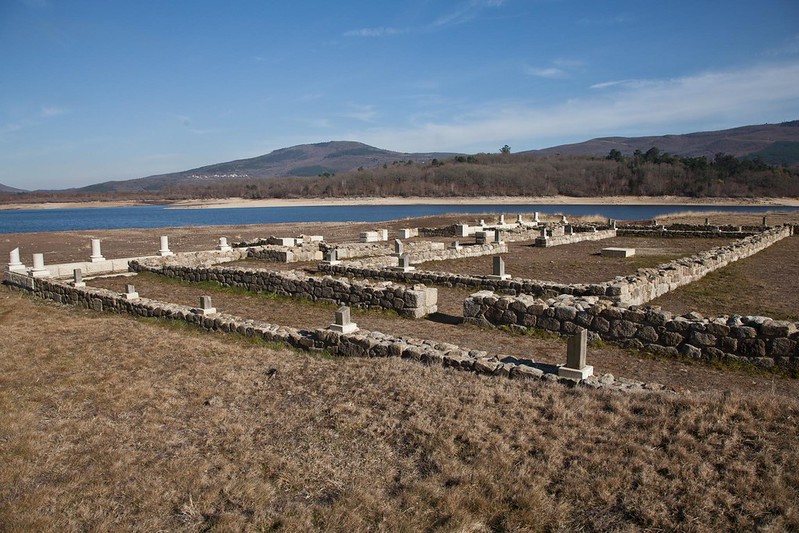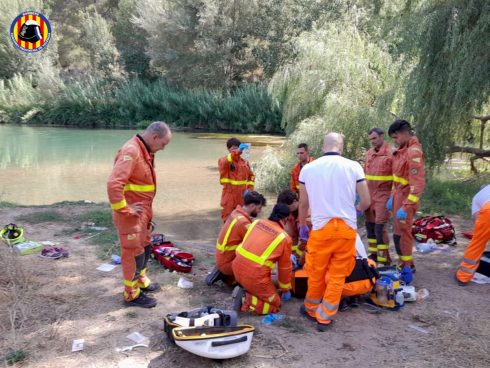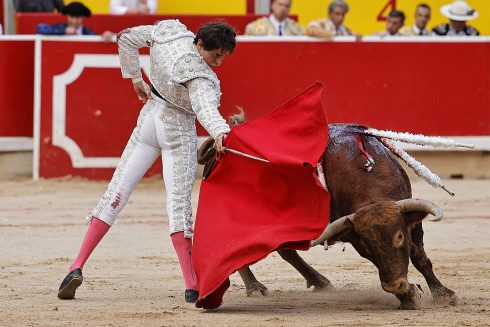THE archaeological remains of a Roman camp in northwestern Spain have been revealed in their entirety as water levels at the reservoir in Galicia drop in the prolonged drought.
Known as Aquis Querquennis, the vast site once served as a fort and military barracks for Roman legions during the building of the Via Nova road until it was abandoned around 120 AD.
For nearly two millennia the once important military outpost lay forgotten until the 1920s when local archaeologist Florentino López Cuevillas rediscovered the site and excavations began.
But in 1949 the valley near Os Baños in Ourense province was earmarked for one of the many reservoir projects undertaken during the Franco era and the area was flooded to form the As Conchas Reservoir.
As a result only parts of the site, which measures 2,5 hectares in total, are usually visible depending on the water level at different times of year.
This August, after one of the driest and hottest summers on record, the prolonged drought has caused the waters to recede to just 49% of the maximum level, revealing the site in its entirety.
Local photographer Brais Lorenzo used a drone to capture these stunning shots of the Roman site, known locally as A cidá.
Such treasures emerging from the deep are the silver lining of a devastating drought that is particularly pronounced in Galicia, Catalunya and Andalucia.
Many of Spain’s autonomous communities have been forced to introduce water restrictions as reservoir levels drop, including imposing hose-pipe bans and turning off public showering facilities at beaches.
READ MORE:
- Bathe like Caesar: Visit the stinky Roman Empire site that put Manilva on the map
- Ancient Roman bath complex emerges from shifting sands on beach in southern Spain










